Identifying Glitch
ra
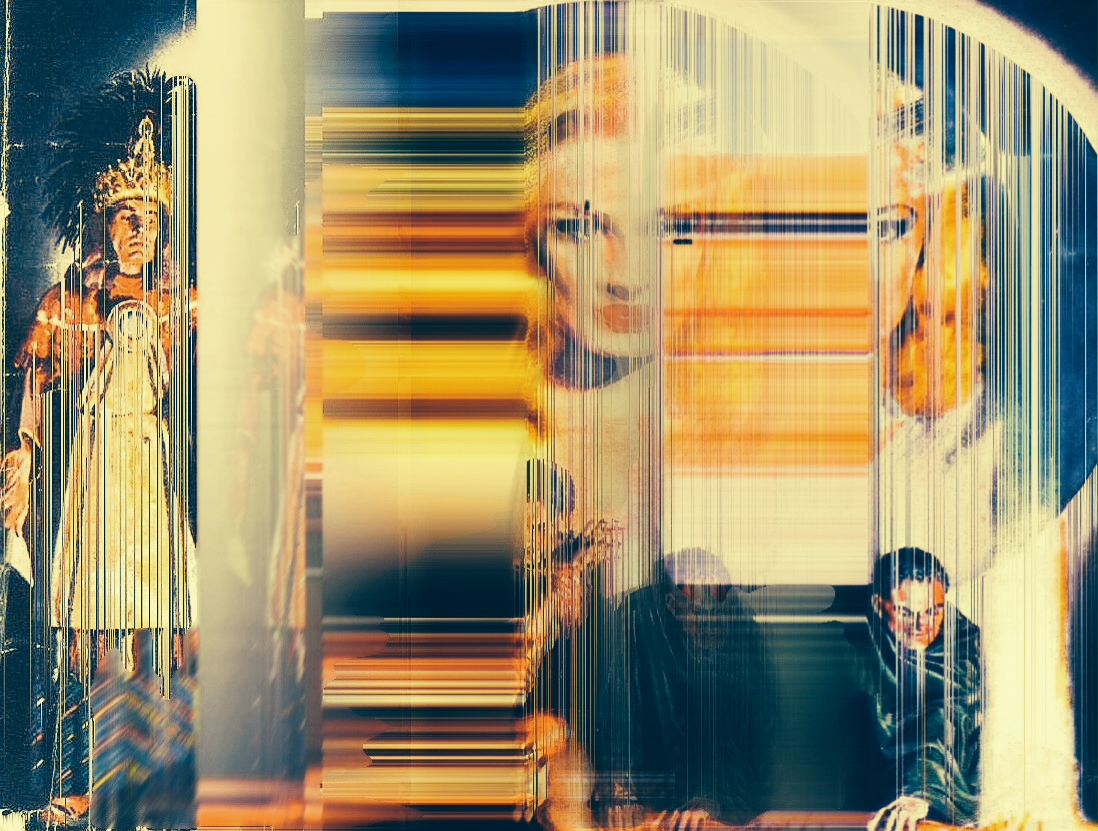
Image © Stephen Lofstrom.
The glitch aesthetic is generally expressed in visuals that are fragmented, warped, discolored, and often filled with noise, as a result of technological errors in equipment or digital image codes. Mutations are seemingly infinite, varying between the unrecognizable; simple interplaying layers such as linear patterns; minimal to moderate distortions; and slightly shifted perspectives on an otherwise nearly preserved image.
To capture such decay of image data, glitch artists amass their materials from a combination of analog and digital sources — but the roots of glitch lie in analog technology, such as television screens and cameras that are prone to malfunctioning. There, the artist can naturally encounter visual error without having to primarily simulate the effect through software. Circuit bending, for instance, is a technique that an artist can employ, by rewiring electronic devices so that their behavior changes. A glitch artist can coax a disrupted image from the altered functions; he or she can create with broken equipment and make defective hardware the premise of their work.
“This is an extreme form of modification which has the potential to push the device well beyond design specifications, into unknown territory, through to points of failure,” explains Brooklyn-based electronic media artist Phillip Stearns. “Documenting the process using audio recording, video recording or still images is handy when the on-board capabilities of the device are severely compromised.”
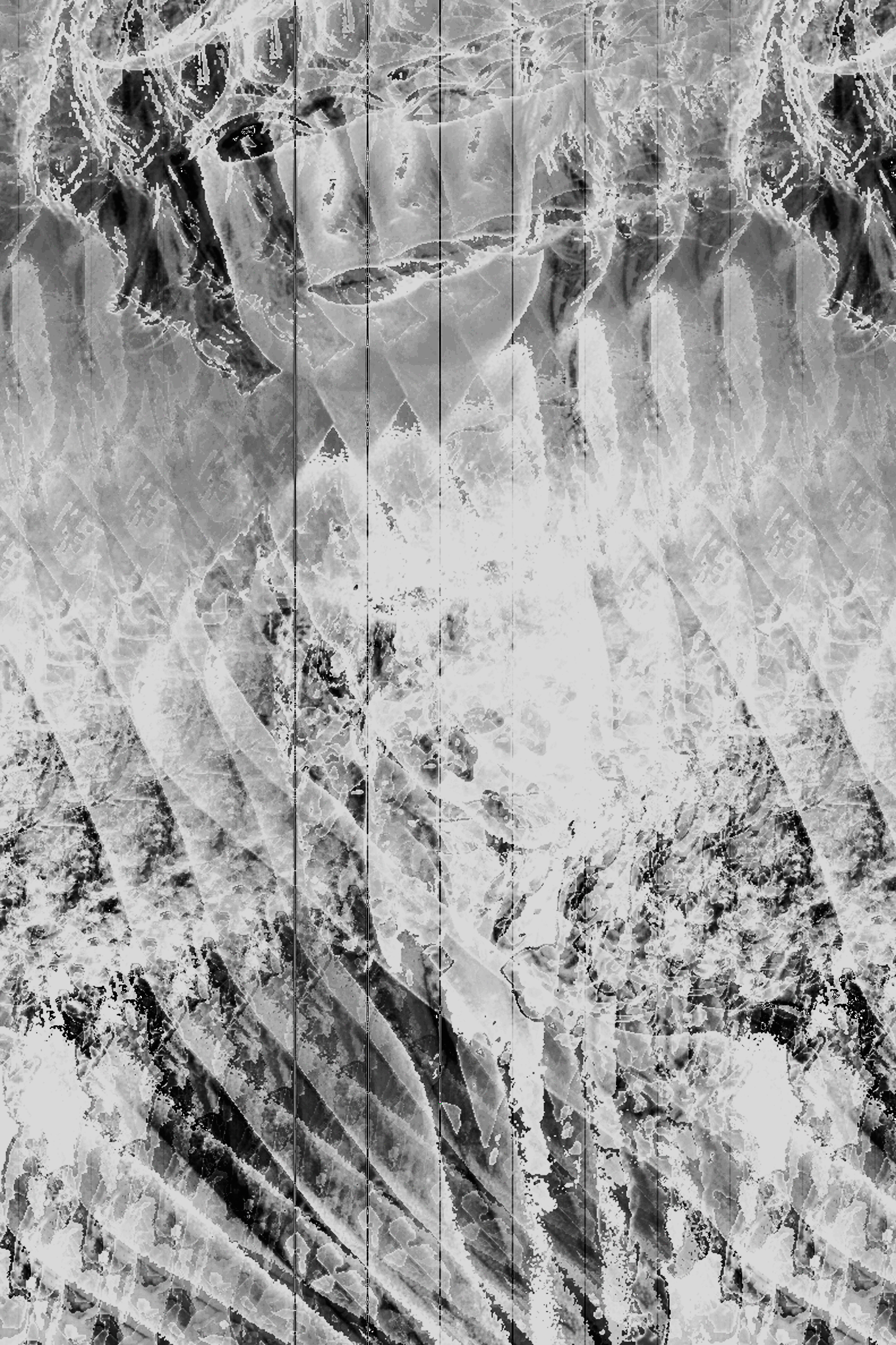
Image © Sabato Visconti
While analog frequently remains the source of material and the mode that prompts glitch, the accessibility of digital tools increasingly enables artists to deliberately simulate glitch effects without being restricted to specialized hardware or wild chance.
“The chin-scratchers will tell you it’s gotta be made from the kit — no emulation,” says London-based multimedia artist John “KARBORN” Leigh. “I couldn’t give a monkey’s. I don’t care how you made it. I just want a story, a narrative, a body. My glitch is 9-inches-long.”
Another method of prompting glitch is known as databending, where the data of an image file such as a JPG is altered. Since the data itself is relatively easy to corrupt, databending is a popular process that also gives artists the potential to build a personal repertoire in their approach to glitching images.
“One of the easiest way to get glitches,” shares South Korea-based Canadian artist Mathieu St-Pierre, “is to download a video file from a torrent site and stop it at about 80%, and then play it in VLC or any other video player. You will get something messy! You can also try to open an image file in a text application such as WordPad. In my case, after I’ve isolated and saved glitched video files, I put them in layers into an editing program and try to further damage the imagery, and that’s how I get very colorful and distorted pictures.”
Other techniques frequently used for digitally producing glitch are known as datamoshing and z-fighting. Datamoshing produces glitched images through a loss of data during a file compression process, while z-fighting refers to the effect of two or more visual layers competing with each other, appearing in one layer as a result. These layers, constructed from fragmented visual data, can be from different scenes in a video or different sections in a photograph. As Stearns explains the effects, they can result in color blooms and pixelated smearing within a single visualization.

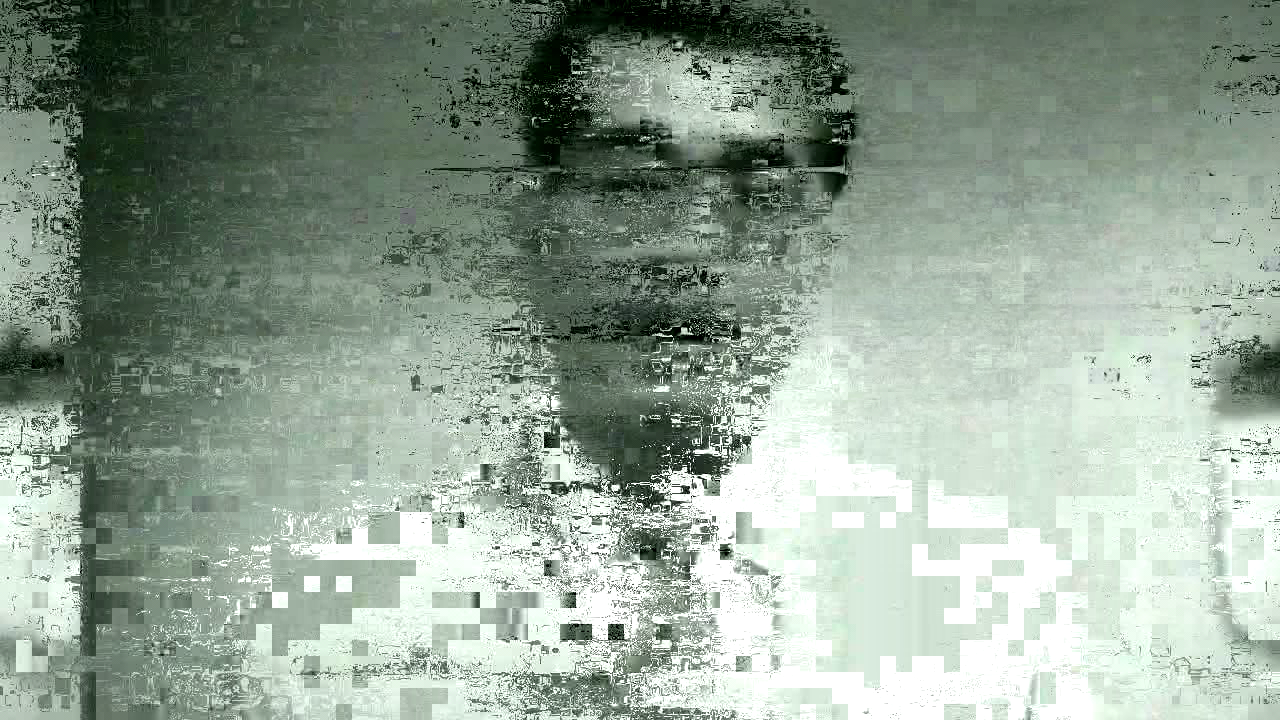
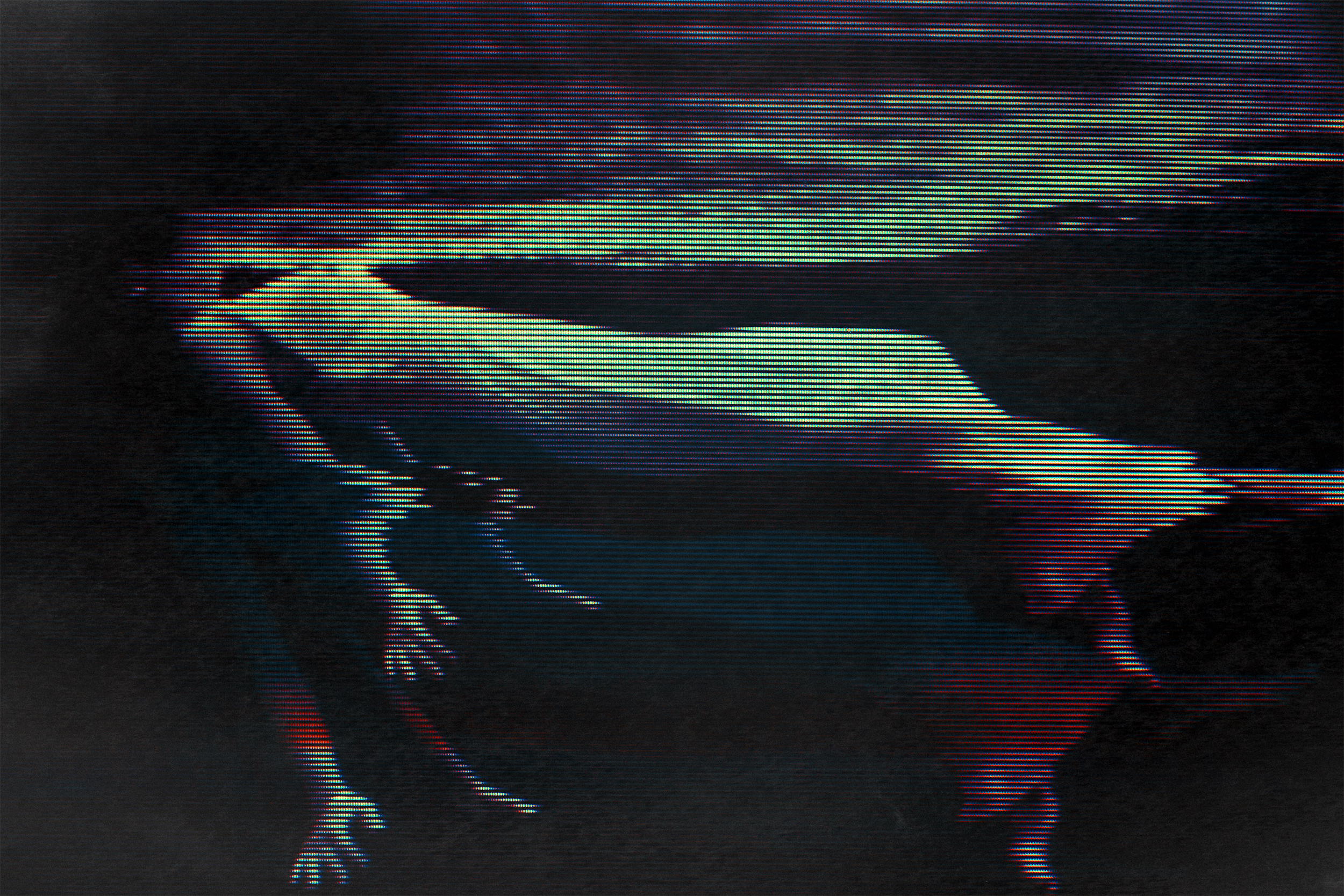
Image (top) © Sabato Visconti, (middle) © Mathieu St-Pierre, (bottom) © KARBORN
Evolving From Raw Error
Glitch artists resuscitate the casualties of image destruction as deliberate forms of communication. Despite the fragmentation of once cohesive image data, narrative can still exist, and meaning can begin to trace the familiar contours of shared ideals, imaginings and interpretations. Expression within glitch art is often self-referential, with the substance and story being that of the generative processes and serendipitous encounters that give error its form. There is, however, a gradual increase in the possibility for techniques and results that could give glitch art further cross-disciplinary importance.
This accidental artform has evolved in its capacity to express both intimate and objective narrative, not limited to simply capturing glitch as technological failure. Within an artistic context, glitch has become more expressive of deliberate symbolism, and can highlight a playful contradiction between purpose and unpredictability.
“[The] purpose of my glitch art isn’t to destroy my photographs, but to expose the mechanisms beneath the surface,” explains Massachusetts-based Brazilian artist Sabato Visconti. “To turn an image inside out and expose its entrails, to invite viewers to immerse themselves in this seemingly undecipherable space, to find reconstituted forms, the ghosts of an image, or a disembodied breast. There is an emotional component to a glitch that many don’t acknowledge. A glitch bears traces of death and impossibility, the fatalism of inoperancy.”
In its most primal form, glitch is a recognition of serendipitous occurrence without the influence of conscious aesthetics. Over three decades since glitch officially began its journey in visual media, glitch artists continue to frequently cite process as being the central theme to their works. As much as a manipulated image can have significance in its completed form, it is the development, or rather the destruction, of visual cues that holds personal representation for many glitch artists. Literal interpretations make glitch a natural way to express themes of system failure, corruption, loss of memory, and brokenness in all its forms.
“In provoking glitches,” says Phillip Stearns, “one appropriates entropic processes, intentionally producing artifacts. On one hand, this calls into question the glitchiness of the artifact, but then also frees it from being simply viewed as an error, allowing it to take on other significance.”
Malfunction is no longer incidental. As a result, glitch art enables purpose through its conceptual approach. And while glitch could limit itself by only by making statements on its source in technology, it actually provides exciting potential to communicate about the behavior inherent to this technology and the subjects it depicts. As a result, it becomes possible to overcome the stagnation of cultural relevance that comes with novelty, and harness the controversial elements of this artform to stimulate dialogue and alter our aesthetic experiences.
GLITCH ART INFLUENCES & CONCEPTS: PART 1
Tom Cabrera


Spanish text by Tom Cabrera; English translation by Estefanía Enzenhofer
“My mechanism-process is having a good stock of my own pictures that generate a common ground, a visual world where these pictures can dialogue. When I expose them to the heat of the scanner, I try to move the photograph over light in a way that creates a simple choreography that explores the static form. Once I feel that the photographs have exhausted all their possibilities of deformation, I look over them and select those that have really exploited the resource beyond just technical qualities.
I believe that glitch doesn’t apply to every picture and this is why themes run out. Body anatomy and architecture are two big image fields for me because their formal aspects allow me to play around with their specific morphology. To transform what is known to address the unknown. The more recognizable the glitched form is, the more interesting the visual interplay becomes.” – Tom Cabrera
Mi mecanismo-proceso es tener un buen stock de fotografías propias que generen un mundo visual común o equilibrado, que dialoguen entre ellas. Al exponerlas al calor del scanner, intento que los movimientos que voy haciendo de la fotografía sobre la luz, armen una coreografía simple que explore la forma inmóvil. A partir de eso, es hacer muchas pruebas a ciegas y sin ver los resultados que van generando el escaneado. Una vez que siento que la fotografía agotó sus instancias de deformación, las reviso y selecciono para encontrar aquellas que realmente explotan el recurso más allá de sus cualidades técnicas.
Considero que no todas las fotografías responden igual a los glitchs y por eso, las temáticas se acortan. La anatomía del cuerpo y la arquitectura creo que son dos grandes grupos de trabajo de la imagen, más que nada porque sus cuestiones formales me permiten jugar mucho más con su morfología específica. Transformar desde lo conocido para abordar lo desconocido. Mientras más reconocible es la figura/forma que se expondrá al glitch, más interesante es el juego visual que propone la pieza para el espectador.”– Tom Cabrera
Raffael “Urban Grau” Miribung // “7c9+438”
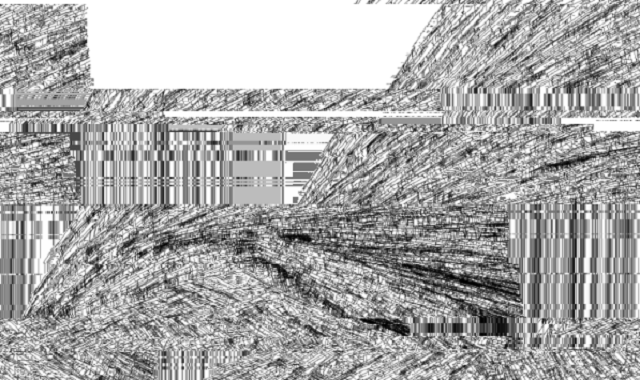
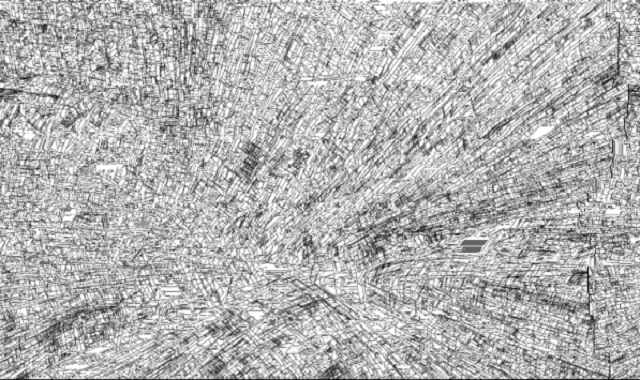
“I work quite a lot with gender identities and their impacts on the ‘normative matrix’ (Heterosexual Matrix by Judith Butler (1990)). We regard male, female and hetero sexuality as normal — hopefully most of us — also bi- and homosexuality. Yet that limits us to up to three categories of the biological gender, thereby neglecting the psychological gender, which I regard as equally important to being human as the biological one. The tricky part about that story is to read that gender since it’s not done by lifting one’s skirt.
Society and culture have established a frameset for what’s intelligible (note: readable) and what’s thereby not ruling out any masculine or feminine behaviour that’s outside of its respective gender norm. Given that culture and society can be described as a system, the act of acting outside the norm sends out information that is hardly decipherable by a receiver that’s not familiar to the codification, thus leading to a heightened likelihood that cultural glitch occurs. In my performances, I’d usually work with drag and/or make up to play with codes within the system of cultural grammar, but not exclusively.” – Raffael “Urban Grau” Miribung

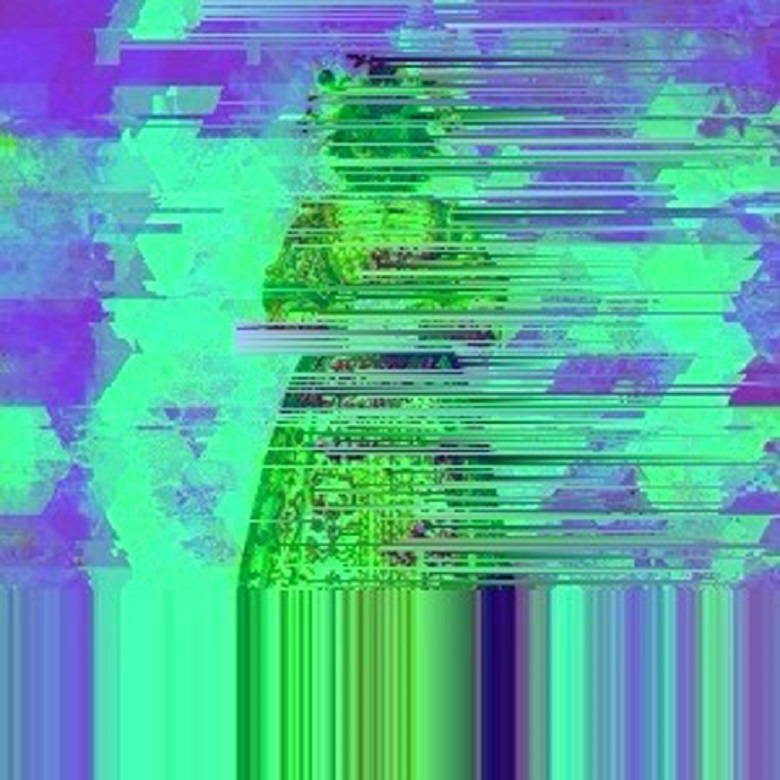





[…] The Radical Capacity of Glitch Art: Expression through an Aesthetic Rooted in Error: http://www.redefinemag.com/2014/glitch-art-expression-through-an-aesthetic-rooted-in-error […]
[…] Lital. (2014) The Radical Capacity of Glitch Art. Redefine Magazine (Online) – http://www.redefinemag.com/2014/glitch-art-expression-through-an-aesthetic-rooted-in-error/ – Accessed […]
[…] – Redefine Magazine – American Online Publication – Interview […]
[…] Sabato. In Khaikin, Lital. (2014) The Radical Capacity of Glitch Art. Redefine Magazine (Online) http://www.redefinemag.com/2014/glitch-art-expression-through-an-aesthetic-rooted-in-error/ – Accessed […]
[…] http://www.redefinemag.com/2014/glitch-art-expression-through-an-aesthetic-rooted-in-error/ – Accessed […]
[…] Lital Khaikin’s superb rundown of “glitch” as a mode of representation in Redefine, “The Radical Capacity of Glitch Art: Expression through an Aesthetic Rooted in Error,” we’re introduced to an impressive range of professional “glitch” artists whose goals with […]
[…] http://www.redefinemag.com/2014/glitch-art-expression-through-an-aesthetic-rooted-in-error/ […]
[…] Boone cites “The Radical Capacity of Glitch Art: Expression through an Aesthetic Rooted in Error“. […]
[…] Sotiraki cites my article from February 2014, for Redefine Magazine: “The Radical Capacity of Glitch Art: Expression through an Aesthetic Rooted in Error“. […]
[…] ARTICLE: THE RADICAL CAPACITY OF GLITCH ART: EXPRESSION THROUGH AN AESTHETIC ROOTED IN ERROR // for REDEFINE […]
[…] the full article here: The Radical Capacity of Glitch Art: Expression through an Aesthetic Rooted in Error […]